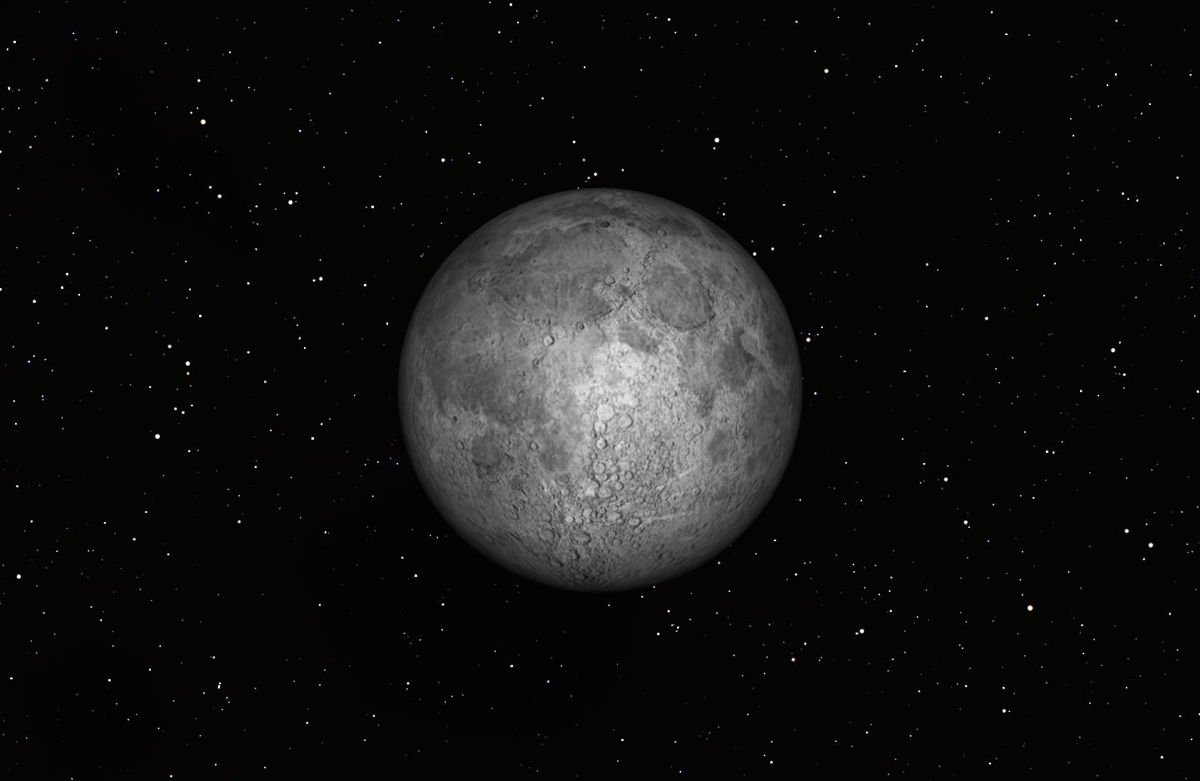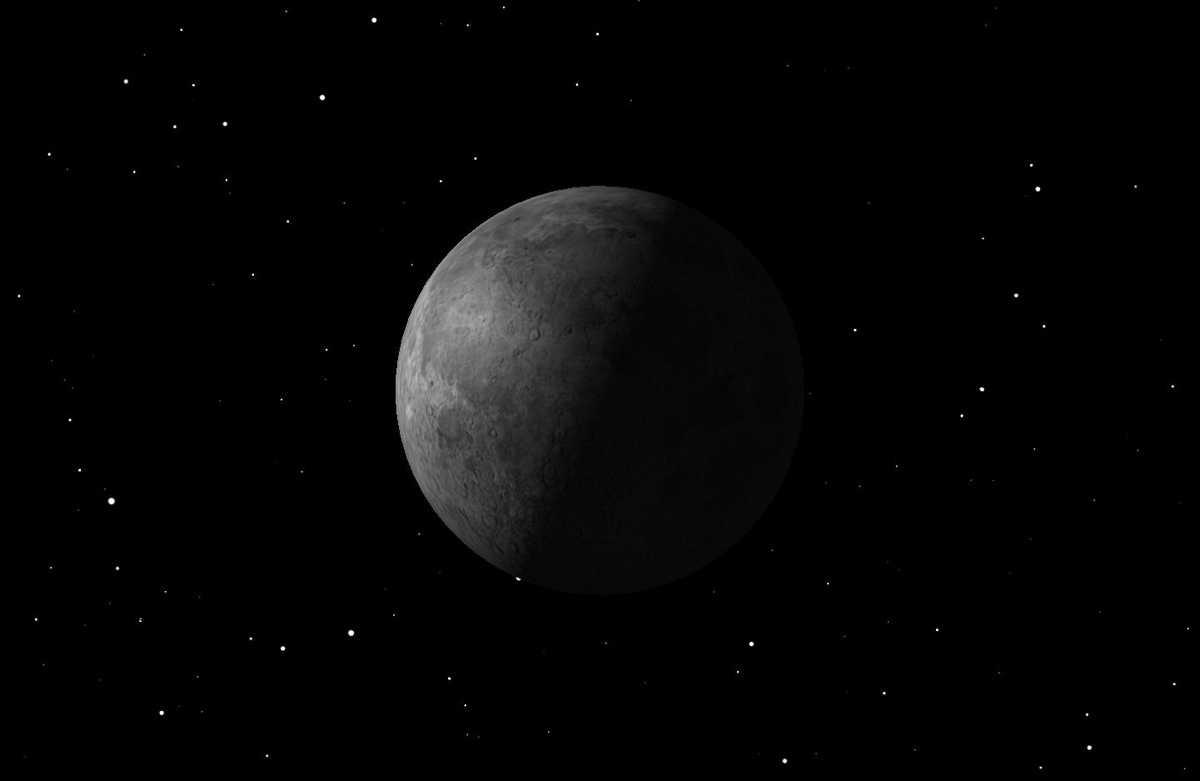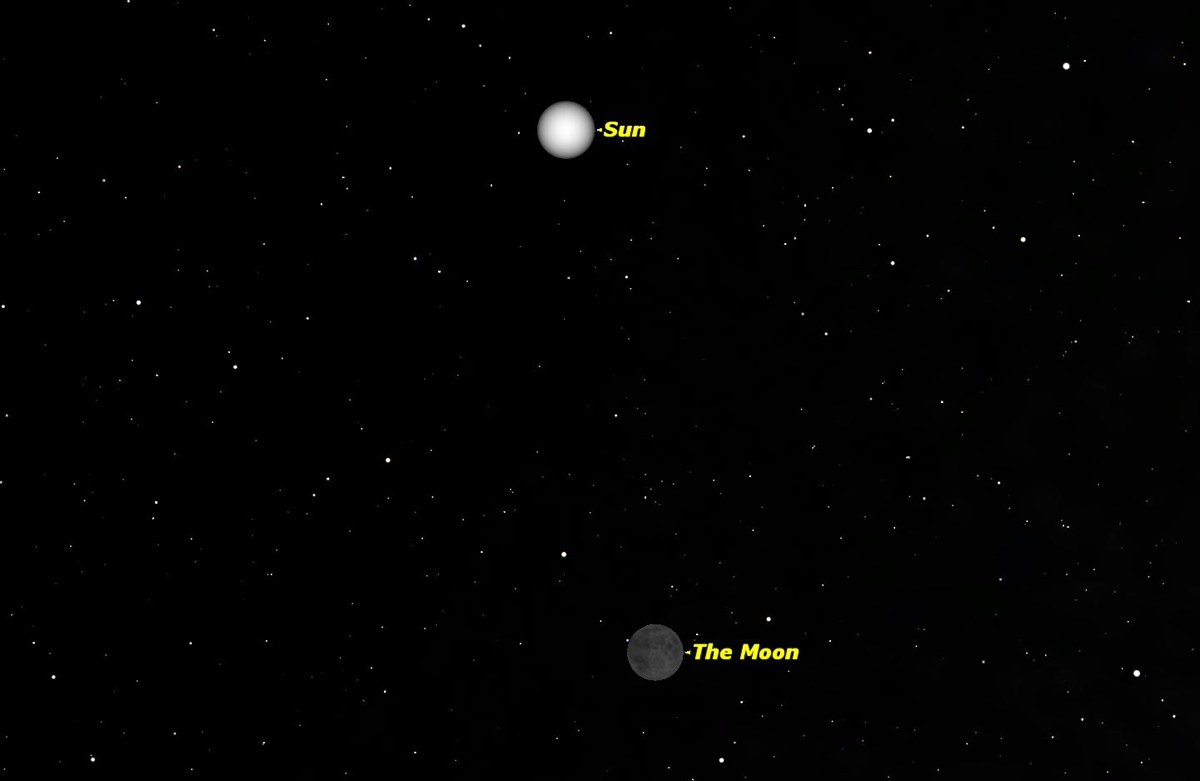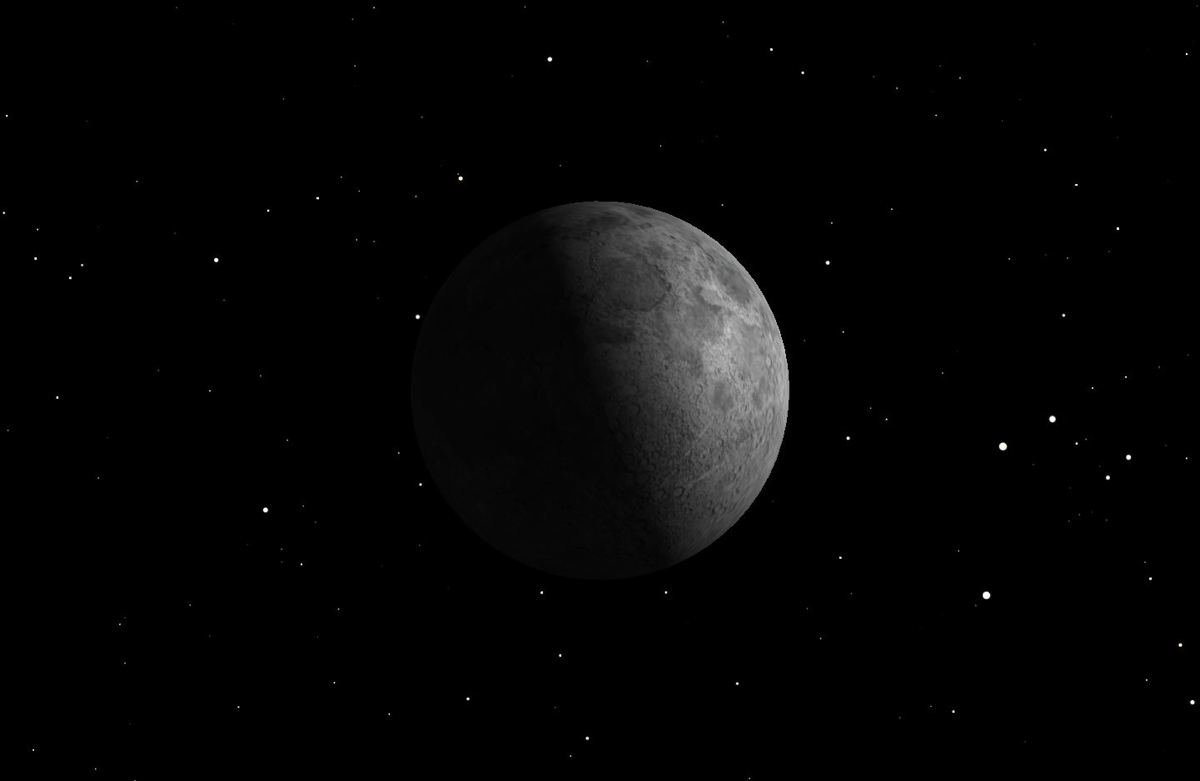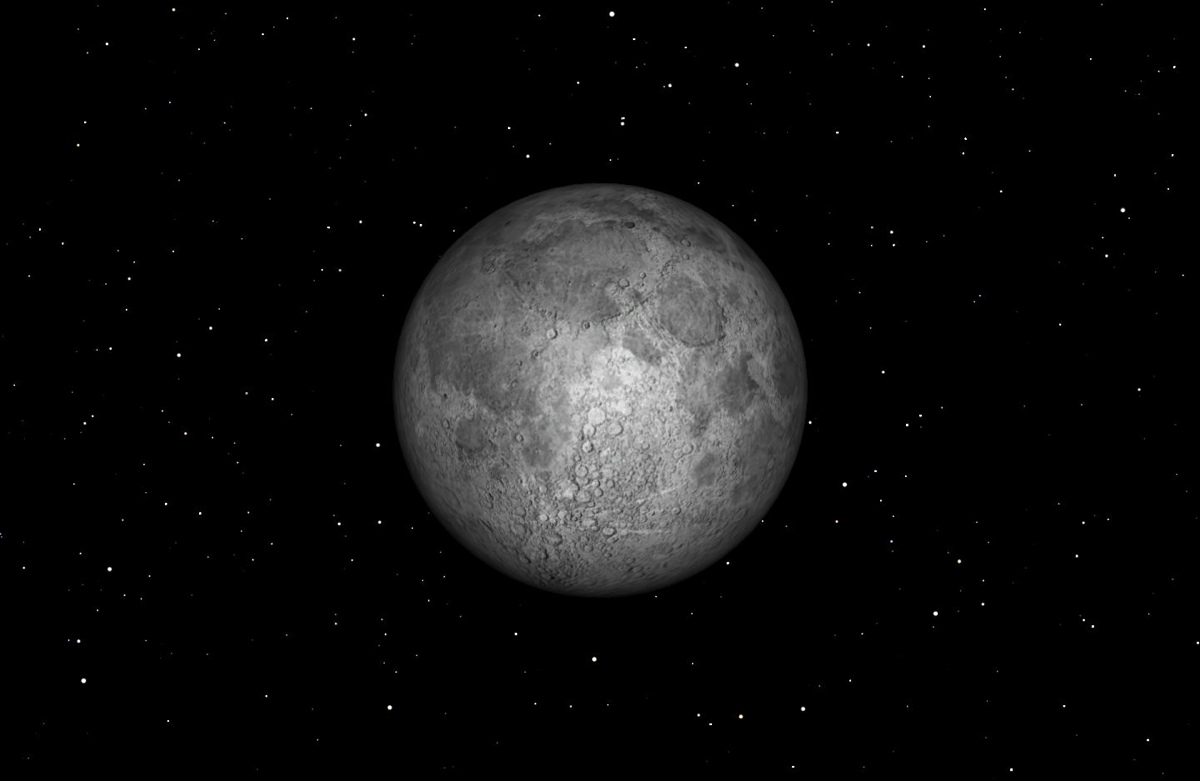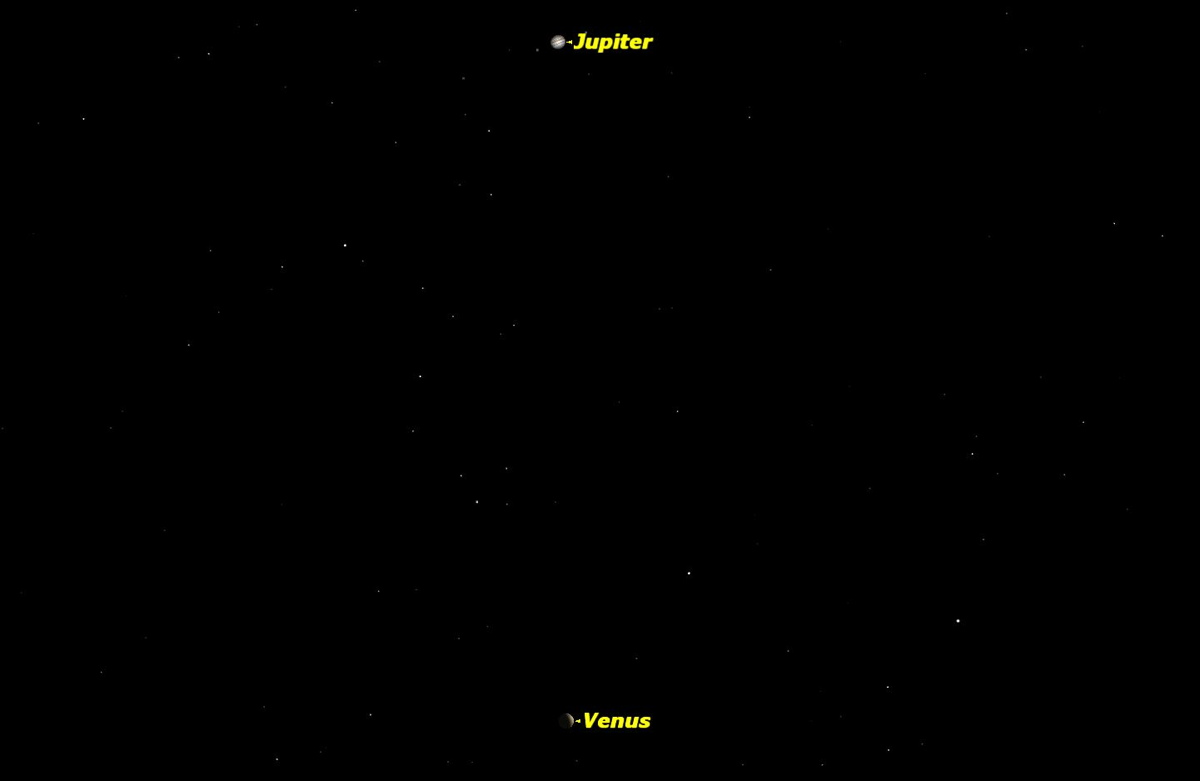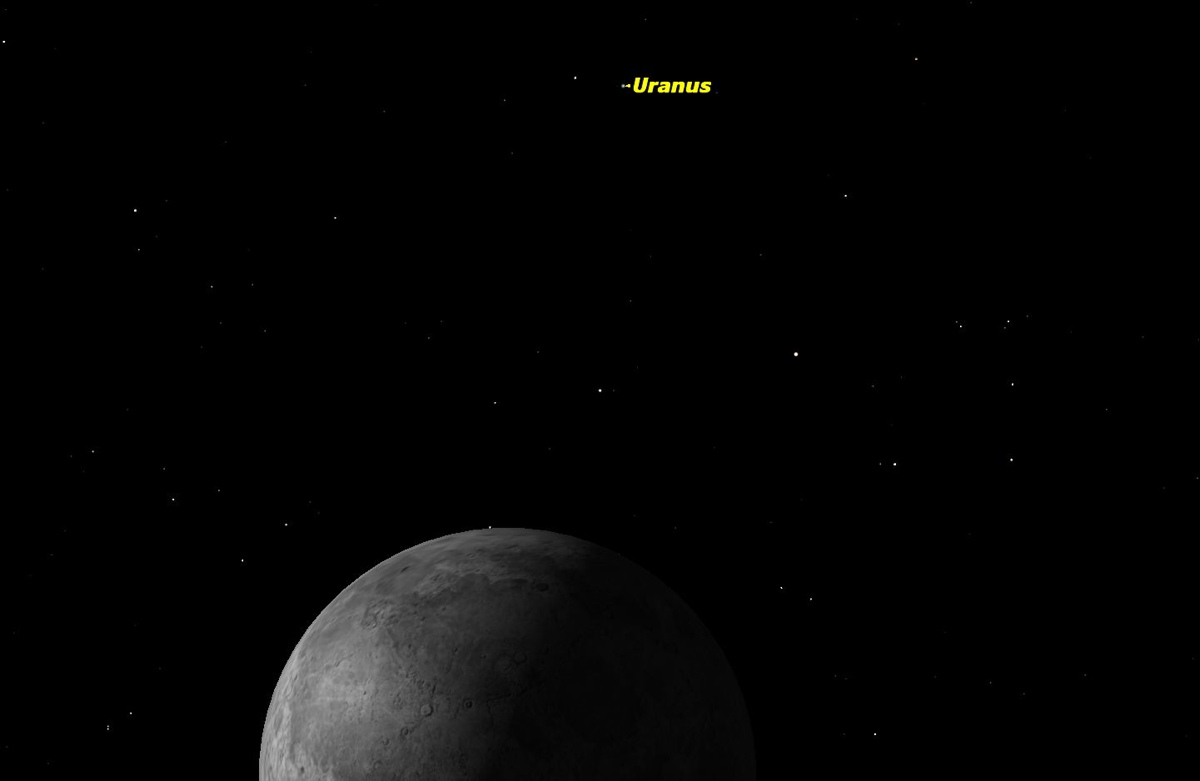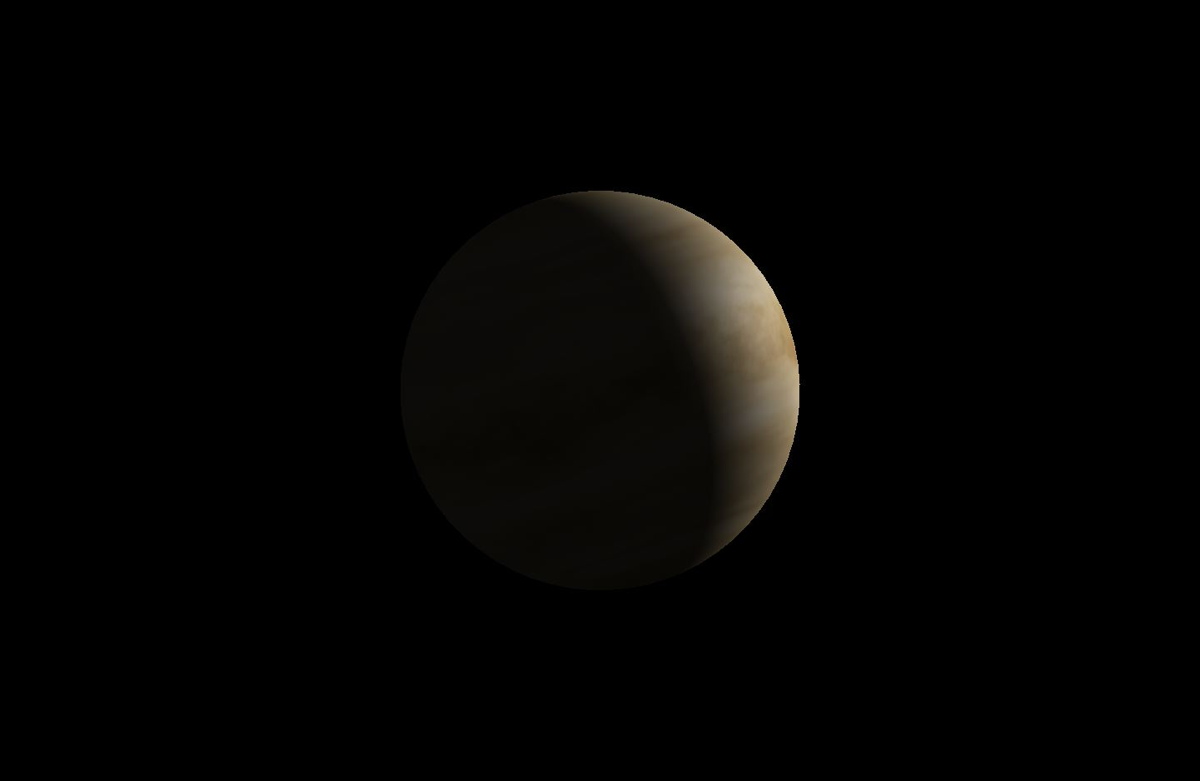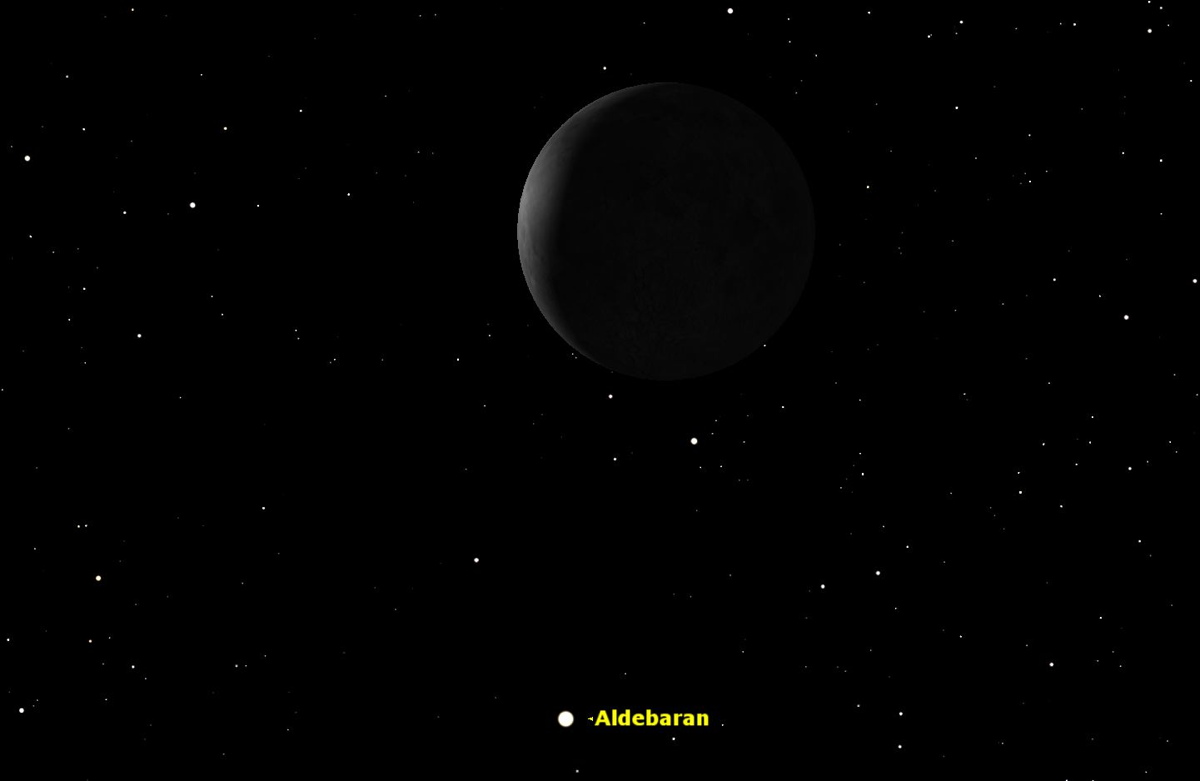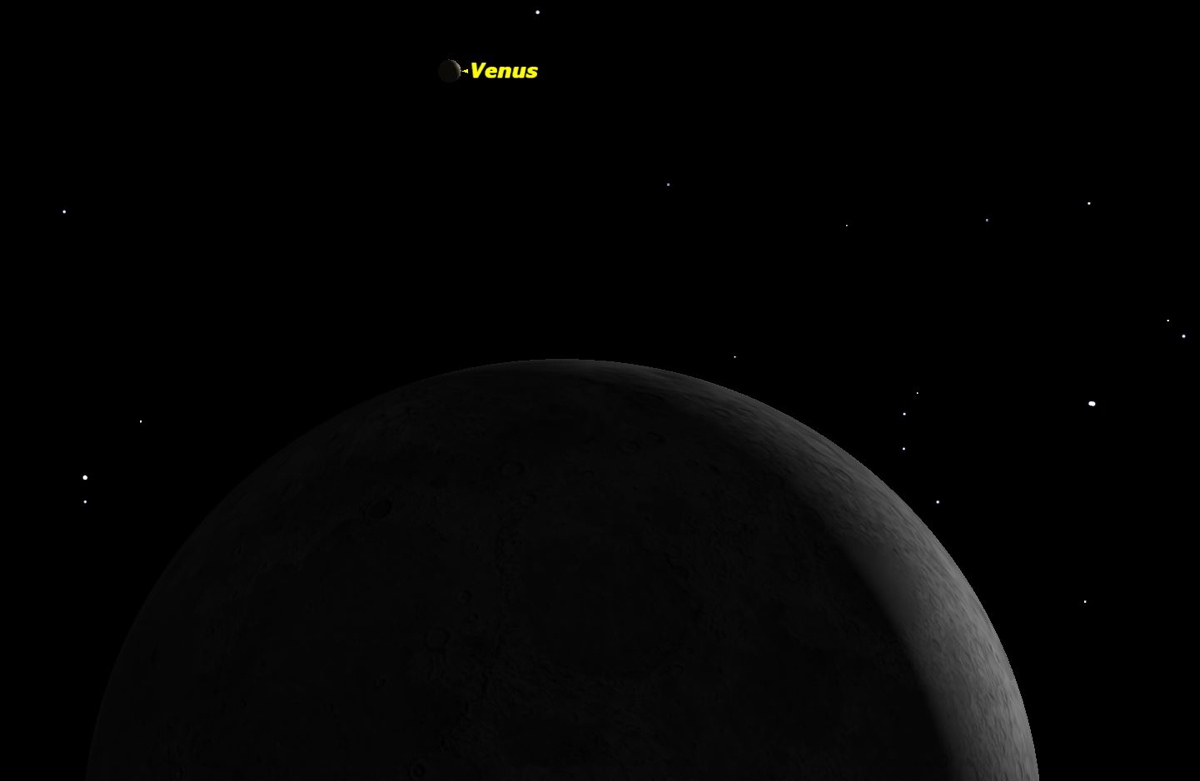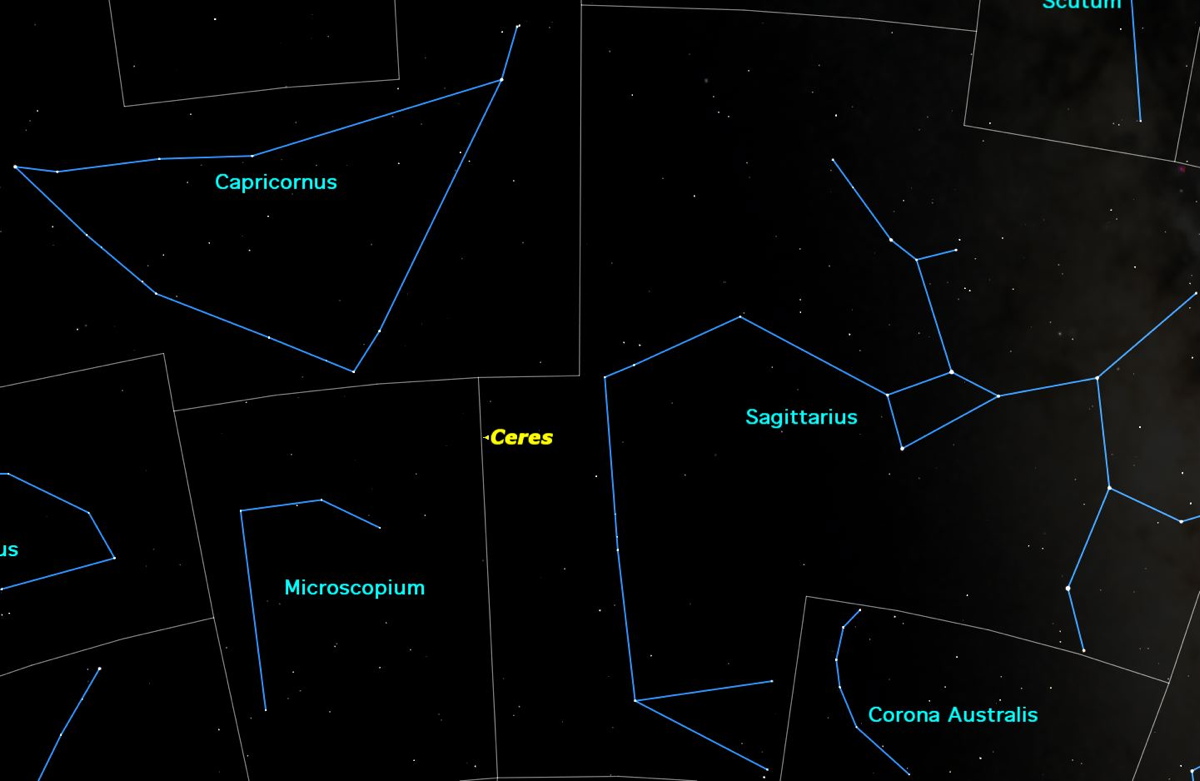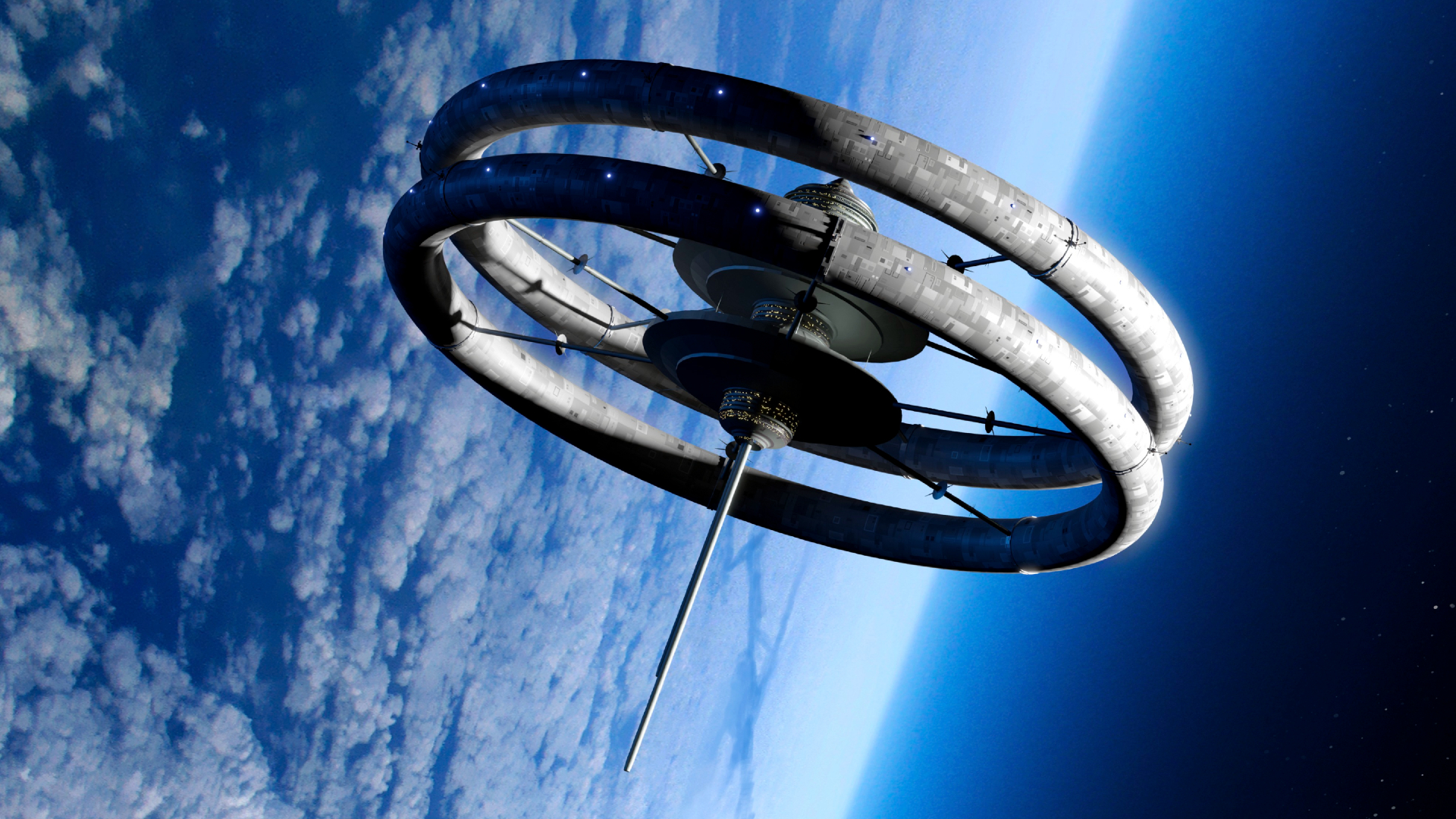Best Night Sky Events of July 2015 (Stargazing Maps)
Full Moon, July 2015
Wednesday, July 1, 10:20 p.m. EDT. The Full Moon of July is known as the "Hay Moon," "Buck Moon," or "Thunder Moon." It rises around sunset and sets around sunrise; this is the only night in the month when the moon is in the sky all night long. The rest of the month, the moon spends at least some time in the daytime sky. This is the first of two Full Moons this month.
Last Quarter Moon, July 2015
Wednesday, July 8, 4:24 p.m. EDT. The Last Quarter Moon rises around 1:30 a.m. and sets around 1:30 p.m. It is most easily seen just after sunrise in the southern sky.
New Moon, July 2015
Wednesday, July 15, 9:24 p.m. EDT. The moon is not visible on the date of New Moon because it is too close to the sun, but can be seen low in the east as a narrow crescent a morning or two before, just before sunrise. It is visible low in the west an evening or two after New Moon.
First Quarter Moon, July 2015
Friday, July 24, 12:04 a.m. EDT. The First Quarter Moon rises around 1:15 p.m. and sets around 12:30 a.m. It dominates the evening sky.
Second Full Moon, July 2015
Friday, July 31, 6:43 a.m. EDT. This is the second Full Moon in July, what is sometimes called a "Blue Moon." It rises around sunset and sets around sunrise; this is the only night in the month when the moon is in the sky all night long. The rest of the month, the moon spends at least some time in the daytime sky.
Venus and Jupiter within 0.3 Degrees, July 2015
Wednesday, July 1, dusk. Venus and Jupiter will pass really close to each other, appearing within the same telescope field. Both will be 32 arc seconds in diameter, but Jupiter is much further away from both the Earth and the sun, so will be much fainter than Venus.
Uranus and the Moon, July 2015
Wednesday/Thursday, July 8/9, dawn. The moon will be close to Uranus just before sunrise. In the lands surrounding the Indian Ocean, the moon will actually occult Uranus.
Breaking space news, the latest updates on rocket launches, skywatching events and more!
Venus at Greatest Brilliancy, July 2015
Thursday, July 9, dusk. Venus reaches its greatest brilliancy at magnitude –4.7.
Aldebaran and the Moon, July 2015
Sunday, July 12, sunrise. The waning crescent moon will pass close to the bright red star Aldebaran low in morning twilight. The moon will occult Aldebaran as seen from eastern Russia, northern Japan, Alaska, northern Canada, Greenland, and Iceland.
Venus and the Moon, July 2015
Saturday, July 18, dusk. The moon will be close to Venus just after sunset. Venus will appear in binoculars as a tiny crescent just north of the crescent moon. The moon will occult Venus as seen from New Guinea, northeastern Australia, Melanesia, and French Polynesia.
Ceres at Opposition, July 2015
Saturday, July 25, 4 a.m. EDT. Ceres, the largest asteroid or smallest dwarf planet, will be in opposition to the sun. At magnitude 7.5, it will be located right on the border between Sagittarius and Microscopium, just south of Capricornus.

Geoff Gaherty was Space.com's Night Sky columnist and in partnership with Starry Night software and a dedicated amateur astronomer who sought to share the wonders of the night sky with the world. Based in Canada, Geoff studied mathematics and physics at McGill University and earned a Ph.D. in anthropology from the University of Toronto, all while pursuing a passion for the night sky and serving as an astronomy communicator. He credited a partial solar eclipse observed in 1946 (at age 5) and his 1957 sighting of the Comet Arend-Roland as a teenager for sparking his interest in amateur astronomy. In 2008, Geoff won the Chant Medal from the Royal Astronomical Society of Canada, an award given to a Canadian amateur astronomer in recognition of their lifetime achievements. Sadly, Geoff passed away July 7, 2016 due to complications from a kidney transplant, but his legacy continues at Starry Night.

